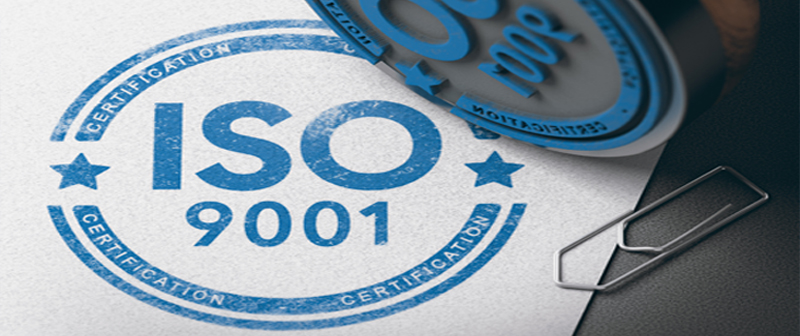Once you get your ISO 9001 Certification, it is not fine and dandy from there. Getting the certification is the starting phase, and then comes maintaining the certification which is definitely not an easy task. It requires both time and money to be dedicated.
To ensure that your company is compliant with the ISO 9001 standards and the proper implementation of the standards, you cannot achieve it without the efficient involvement of the workers and the higher personals.
Most companies tend to immediately stop following or adhering to the standards after achieving the certification. As a result, they are not able to reap the benefits of the long-term application of the standards.
In this post you will learn the steps that are essential for maintaining the ISO 9001 standards.
1) Draw out the Standard Operating Procedures (SOPs)
In this first stage, a detailed and step-by-step instructions should be drawn out to help the workers carry out difficult or highly complex activities. Moreover, new methods are introduced in order to help improve the performance of the workers which will lead to the better satisfaction of the workers.
Most of the time, the activities that are being carried out adheres to the standards but by introducing new methods, it helps to further implement and efficiently work with the standards.
2) Training
Once the ISO 9001 standards are put in place, the next phase that comes is training. The new activities are implemented but how will they be carried out if the workers are not introduced to it? This is where the training comes to play.
The workers should be trained effectively. One of the key factors of the ISO 9001 standards that you can take advantage of when it comes to training is that it can help to measure the effectiveness of the ISO training certificate with the Key Performance Indicators (KPIs). The ISO 9001 standards also tracks down all your requirements and plan the training along with the principles of ISO standards.
3) Go from ‘Plan’ to ‘Do’ phase
Developing procedures is the easy part but implementing them takes more time and effort. Of course, there will be activities which were already being followed but the introduction of new activities will take time.
Therefore, it will take more effort as you will need to fill in more records and keep track of activities. But a complete follow up system will be established which will help you keep record of the activities and what type of actions are required to improve them.
4) Monitoring and measuring
Monitoring and measuring, if implemented and carried out properly, will give you information on the status of the activities within your QMS. But you have to carry out the monitoring and measuring process PROPERLY to get the information.
Through this process, results are generated which will help to show the efficiency of the implemented standards. A proper analysis of the results will help to make solid decisions based on facts rather than simple assumptions.
5) Customer Satisfaction
Customer Satisfaction is one of the key factors underlying the ISO 9001 standards. Customer satisfaction is checked and kept tabs on by monitoring and measuring customer satisfaction levels. It is very important for your company to have relevant information on how customers perceive the products or services of your company/business. This will act as a valuable input in further enhancing or improving your products.
6) Check and act phase
Having the knowledge of relevant information through measuring and monitoring and adhering to the processes will help the top management staff to exercise decisions based on evidence rather than assumptions. It will lead to continuous improvement of the QMS.
A thorough internal audit will give you more information about the entire system and not only about the level of compliance. This will definitely help the top management staff to make valuable, precise and fact-based decisions.
7) External audit
An external audit is a documented process which is carried out to ensure based on objective evidence, that the elements of the system is efficient and developed. It also checks if the system is implemented in accordance with particular requirements.
Having all of these fields covered essentially translates to you having a complete compliance with the management standards. All of these fields are the very first factors the auditors will be keeping check. Therefore, covering all of these will prepare for a better and stress-free audit.
